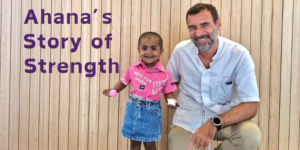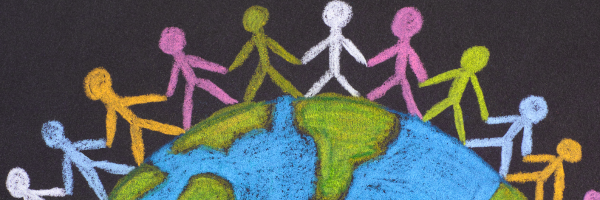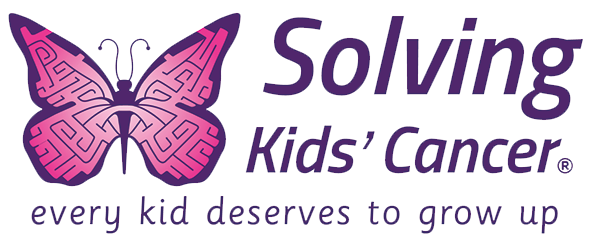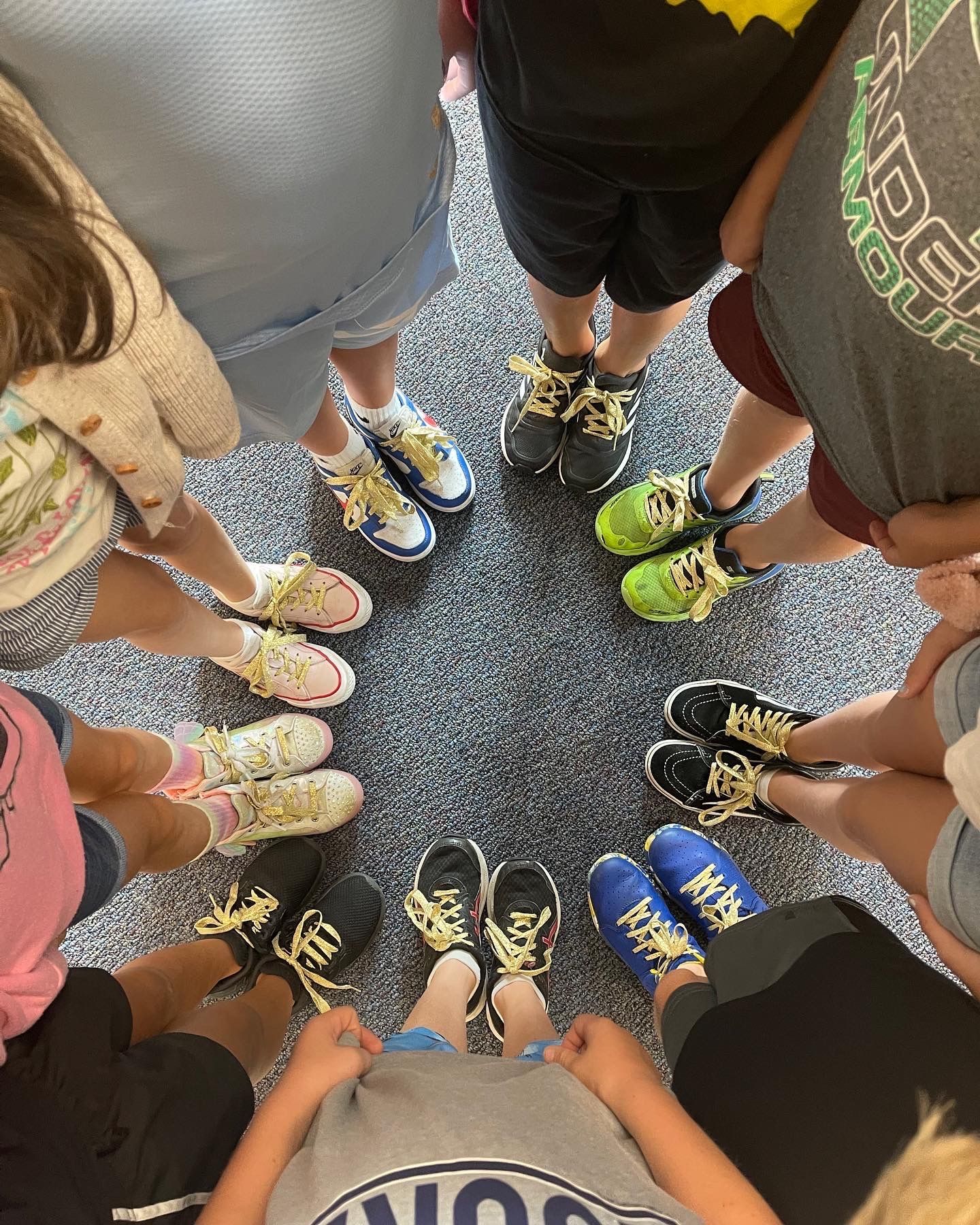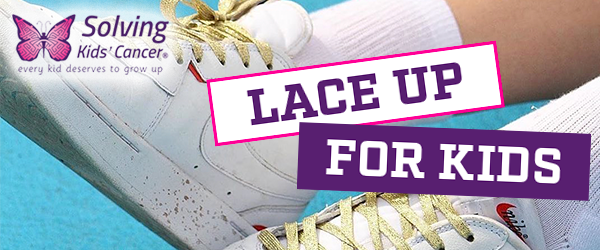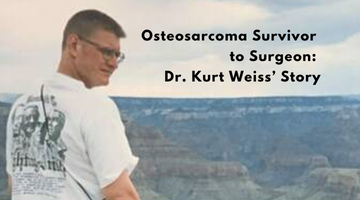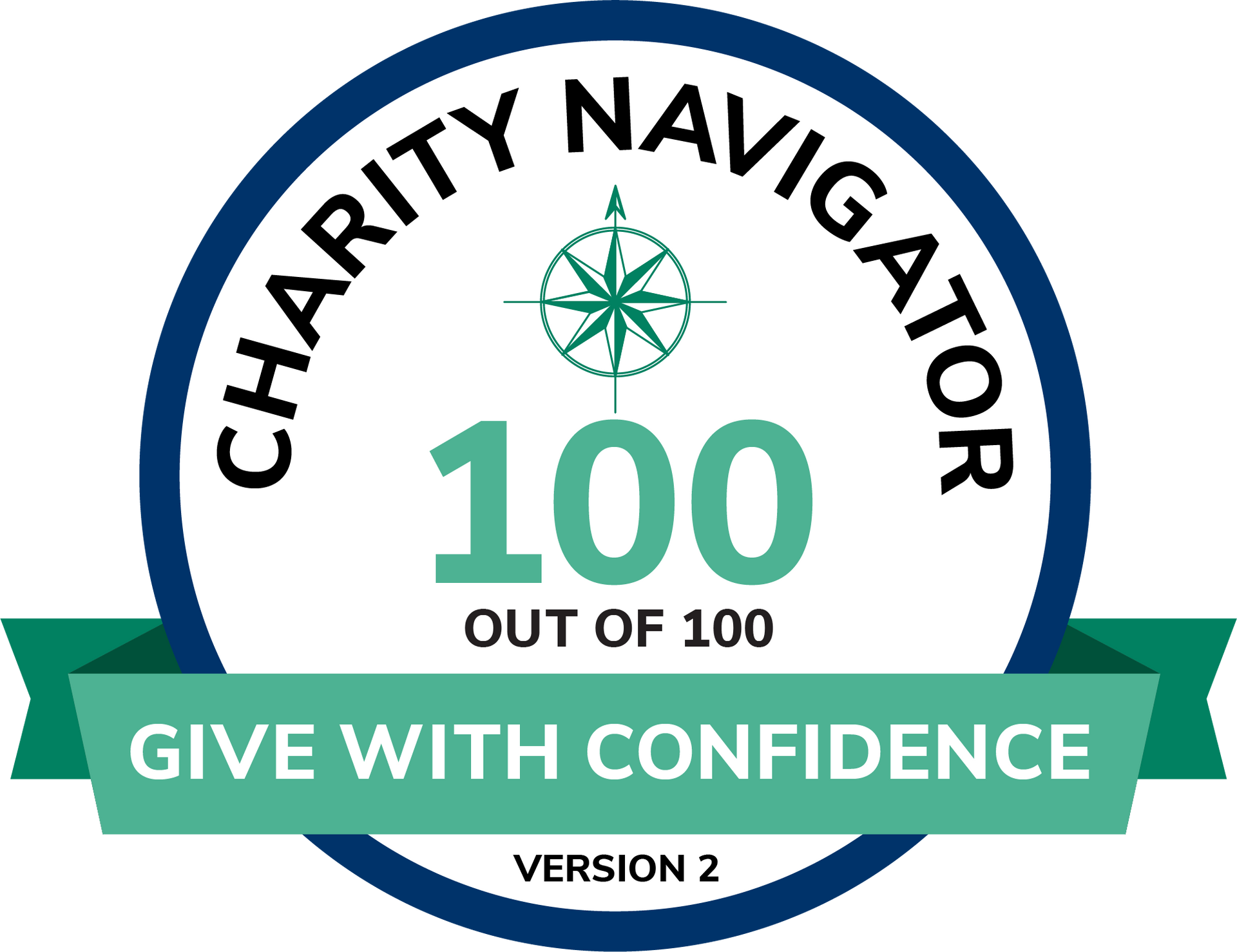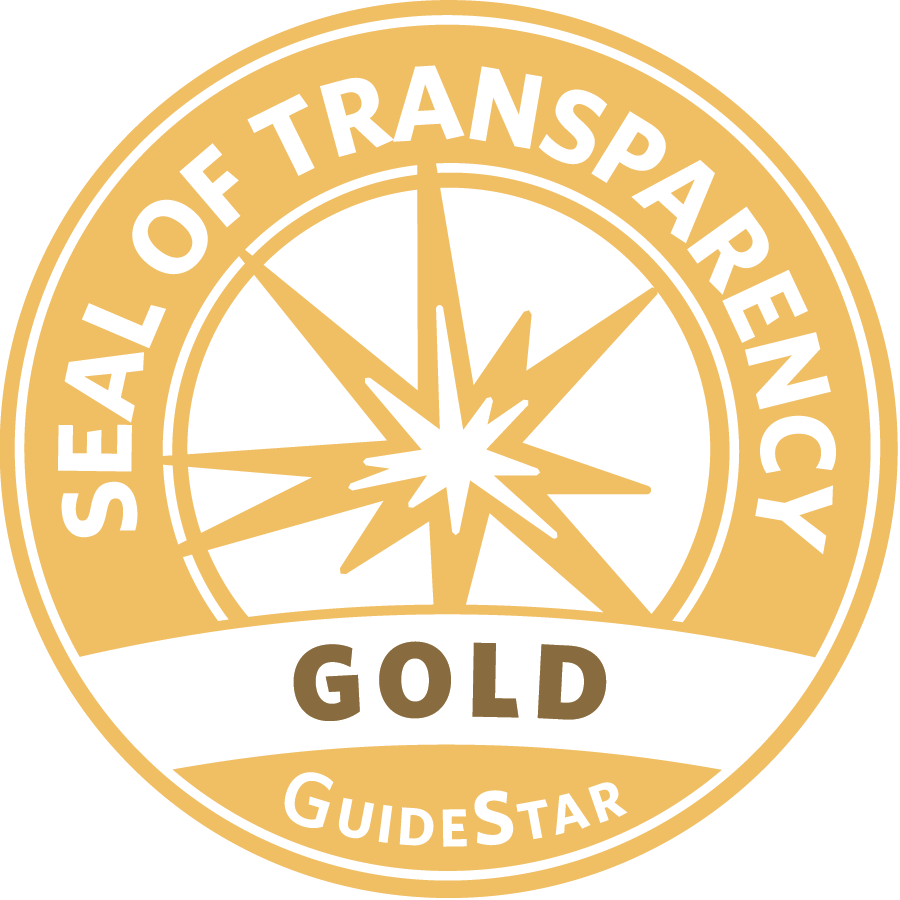2024 Year-in-Review

Advancing Childhood Cancer Research: SKC’s 2024 Milestones
Dear Friends and Supporters,
As we look back on 2024, I want to extend my heartfelt thanks to every donor, volunteer, and partner who has stood with us. Because of you, Solving Kids’ Cancer has been able to push forward with groundbreaking research and open new doors to treatments for children facing the toughest cancers. Your support fuels our work and brings hope to families in their most difficult moments.
At Solving Kids’ Cancer, our mission goes beyond research — it’s about making sure children with cancer are at the forefront of every breakthrough. When so much competes for attention in the medical field, kids with rare cancers can sometimes be overlooked. We’re here to make sure they’re not left behind, focusing on research that leads to real solutions kids can access sooner. This year, we’ve seen exciting progress in immunotherapy, targeted treatments, and personalized care, bringing us closer to a future where more children can overcome cancer.
New Cancer Breakthroughs in Research
This year, Solving Kids’ Cancer made significant strides in childhood cancer research. Here are some highlights:

- Advancing Brain Tumor Research: With the help of our partners, we’ve made strides in treating high-risk brain tumors. Quarterly conferences brought top experts together, setting the stage for new clinical trials and treatments.
- Solving Indolent Neuroblastoma: This project focuses on developing diagnostic tools and new childhood cancer treatments for slow-growing
neuroblastoma. This year, we created a test for ALT biomarkers, established nine patient-derived neuroblastoma models, and identified PF-06821497 as a promising drug to enhance outcomes.
- New Steps in Immunotherapy: We are working to make
immunotherapy a stronger option for children with hard-to-treat cancers like medulloblastoma. This year’s research is expected to lead to clinical trials in 2025, moving these treatments closer to young patients.
Leadership in Collaboration and Advocacy
Collaboration is key at Solving Kids’ Cancer. We teamed up with global partners and made sure children’s needs were at the center of our efforts:

- Pediatric Brain Tumor Research Network (PBTRN): Partnering with Columbia University, we launched this network to connect researchers from around the world, aiming to speed up brain tumor treatments for children.
- Advocating for High-Risk Brain Tumor Treatments: SKC joined the Pediatric Strategy Forum to push for new therapies for diffuse midline gliomas (DMG), advocating against placebo trials and for innovative childhood cancer treatments targeting SMARCA4 and GD2.
- Shaping Clinical Trial Design: Our advocacy led the Children’s Oncology Group (COG) to make a landmark decision for trial ANBL2431, which will compare chemo-immunotherapy1 with a reduced transplant regimen. This decision highlights the growing role of patient advocacy in research and treatment protocols.
Our Research in the Spotlight
Solving Kids’ Cancer’s research contributions reached new heights this year through key publications and media features

- FDA Approval of IWILFIN: After 15 years of effort, we celebrated the FDA’s approval of IWILFIN, a neuroblastoma maintenance therapy. This approval shows the power of long-term advocacy and partnership.
- Innovative GD2BATs Immunotherapy Trial: We shared results from a clinical trial using GD2BATs2 — an immunotherapy that equips T cells with antibodies to target cancer cells in neuroblastoma and osteosarcoma. The study showed this approach is safe and effective, bringing new hope to families facing these tough cancers.
- Influencing Future Clinical Trials: Our published paper, “To transplant, or not to transplant? That is the question,”3 offered vital insights on using autologous stem cell transplant (ASCT) in high-risk neuroblastoma. By examining evidence and parent views, we encouraged new patient-centered approaches.
Events That Brought Us Together
From fundraising events to community gatherings, we connected with our community throughout the year:

- Comedy Fights Kids’ Cancer: Hosted by comedian Seth Herzog, this event gave our supporters a night of laughter while raising vital funds for our work.
- Summer Luncheon in the Hamptons: Our eighth annual luncheon gathered advocates and donors to celebrate our progress and rally even more backing for research.
- That’s Good Sports Fundraiser: This live-streamed fundraising event during the Broncos vs. Saints game brought sports fans together in a fun way to fuel childhood cancer research.
Thanks to the incredible commitment of our community, these events reinforced our mission to build a world where no child faces cancer alone.
Keep Advancing Childhood Cancer Research with Us
Each child battling cancer deserves a real chance at a cure, and every new discovery brings us one step closer. Your support helps launch new treatments, brings together experts to find solutions, and offers hope to families facing the toughest challenges.
This holiday season, your gift can directly impact these children and families. There’s still so much more to be done, and every dollar will help drive new cancer breakthroughs forward, advancing life-saving work that gives kids the chance they deserve.
Thank you for being part of this journey. Your support is making a difference, one child at a time.
With deep gratitude,

Scott Kennedy
Executive Director & Co-Founder
Solving Kids’ Cancer
Sources
- National Library of Medicine – Chemotherapy: A New Trend in Cancer Treatment https://pmc.ncbi.nlm.nih.gov/articles/PMC10252089/
- National Library of Medicine – Targeting refractory/recurrent neuroblastoma and osteosarcoma with anti-CD3xanti-GD2 bispecific antibody armed T cells https://pubmed.ncbi.nlm.nih.gov/38519053/
- National Library of Medicine – To transplant, or not to transplant? That is the question. A patient advocate evaluation of autologous stem cell transplant in neuroblastoma https://pubmed.ncbi.nlm.nih.gov/35373890/
